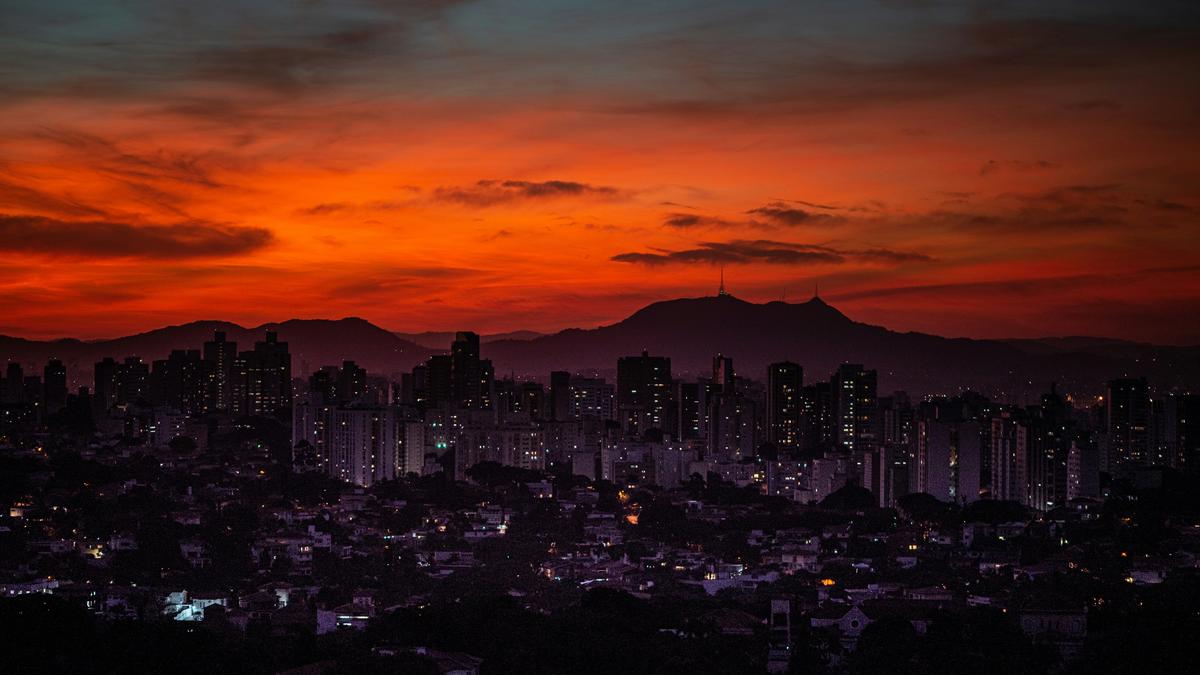
How can the sky glow even after sunset? Premium
The Hindu
Discover why the sky glows post-sunset, explained by the scattering of sunlight and other light sources in the atmosphere.
Q: How can the sky glow even after sunset?
- Jaivanthika Karthikeyan
The Sun may have set from our perspective — but hasn’t yet from the perspective of the upper atmosphere.
The Sun still shines at the atmosphere, but at a sharp angle beneath the horizon. In this hour, we see the sky glow because molecules in the air scatter these sunlight in different directions, including ours. This is also why the evening sky appears red at the horizon.
Both this effect and the sky being blue-hued in daytime is the result of Rayleigh scattering — the scattering of sunlight by particles in the air that are much smaller than the light’s wavelength.
As the Sun continues to set, a smaller amount of sunlight strikes the upper atmosphere. Nightfall truly kicks in only when the Sun is at least around 18 degrees beneath the horizon.
The arrival of daylight happens in a similar process, in reverse. When the Sun is at least 18 degrees below the horizon in the east, the sky starts to turn reddish again near the horizon. When the star’s position crosses the horizon (as seen by the observer), daylight breaks out and the day begins.











